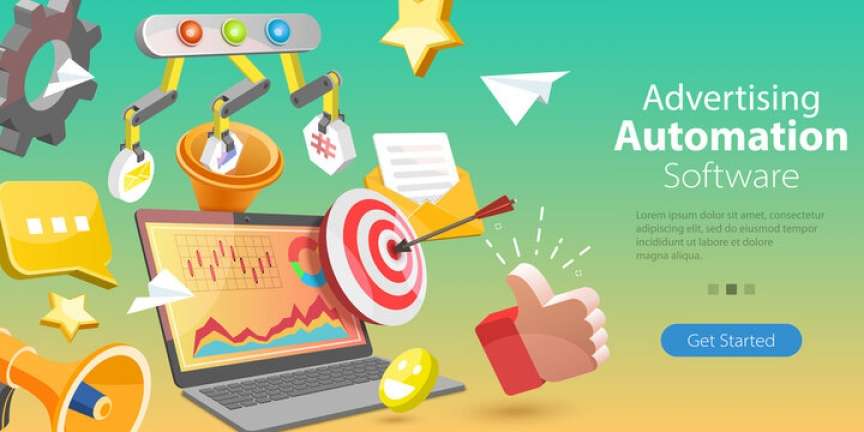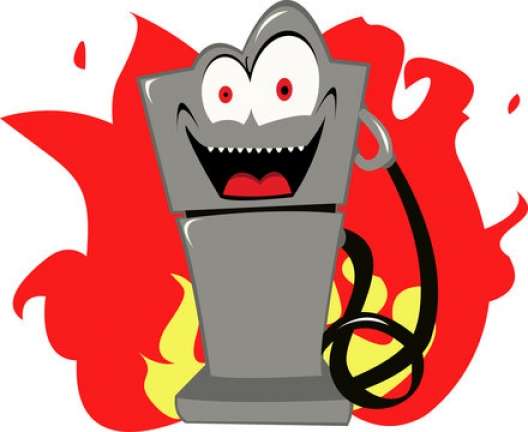It is a fact that AI shapes our life in different ways. And when it comes to translation, AI is unquestionably becoming more widely available and advanced – nowadays it is significantly more reliable than ever before. For example, ImTranslator, Bing Microsoft, Babel Fish, or Google Translate are among the tools available. Bots are one of the most important aspects of this technology.
What Are Translation Bots?
Artificial intelligence (AI) virtual assistants that specialize in translating languages are known as translation robots. They have the capacity to converse with users via voice or text. In some ways, they’re comparable to messaging services in that you do have to approach them via chat to have specific words and expressions interpreted into languages you want. It’s really the equivalent of conversing with somebody and requesting a translation.
This sentence uses the word “bot” to denote automation. It implies you won’t have to deal with a person to translate something. It works in a similar way to the customer service messages that so many company websites use. And the costs in translating companies are different for every language, but every year the prices shift.
How Do They Work?
Bots aren’t intended to be full-fledged translation platforms or services. They’re more of a tool for active transform. A user to connect to a translation service using only an AI-powered speech or voice-based interface.
Translation robots merely gather the information required for the automatic platform. After the interpretation has been generated, the robot displays the value to the user. To put it another way, the bot streamlines the data from the user so that the machine can better understand the requirement of the user and then offers them a nice text or voice in another language.
Bots entrust the duty of interpreting messages between languages to pre-existing automatic instruments, such as large translating engines. Translator robots are mainly available as constructed apps or internet services. They can convey the meaning of comparatively straightforward words and expressions. This can be quite handy when it is required. Many translations employ robots, however, if the content is too complex, the user is advised to pay for the services of a human translator if they want an exact translation.
To guarantee that the meaning decoding done by computers is accurate, many people are involved in the work with such robots. People must create a system that reflects the thinking skills that support working with numerous countries’ languages. To work out and correctly decipher idioms, semantic, syntax, and other elements of a particular language, a translation system is necessary. However, comparing language robots to human translators is meaningless because robots are merely robot interpreters, and human translators are still considered superior.
Read More: Top 7 Free Translation Tools
To Sum Up
None knows if converting bots and comparable language translation services could ever become the norm because sophisticated translations are often required that can only be completed by professional translators. Robots can currently conduct simple translate fast, but harder, essential interpretations needing exceptional accuracy will remain to be done by actual specialists.
Translator robots cannot take the place of human translators, even though many believe that they are the future. Bots, however, can be used to get access to machine translation systems, but they can also serve as digital customer service representatives for translation services.
BIO:
Elizabeth Baldridge works as a marketer, market researcher, and writer. She enjoys researching new themes and assisting others with their problems through her blogs, which she enjoys doing because of her enthusiasm for writing. She enjoys yoga and walks with her dog in her spare time.















